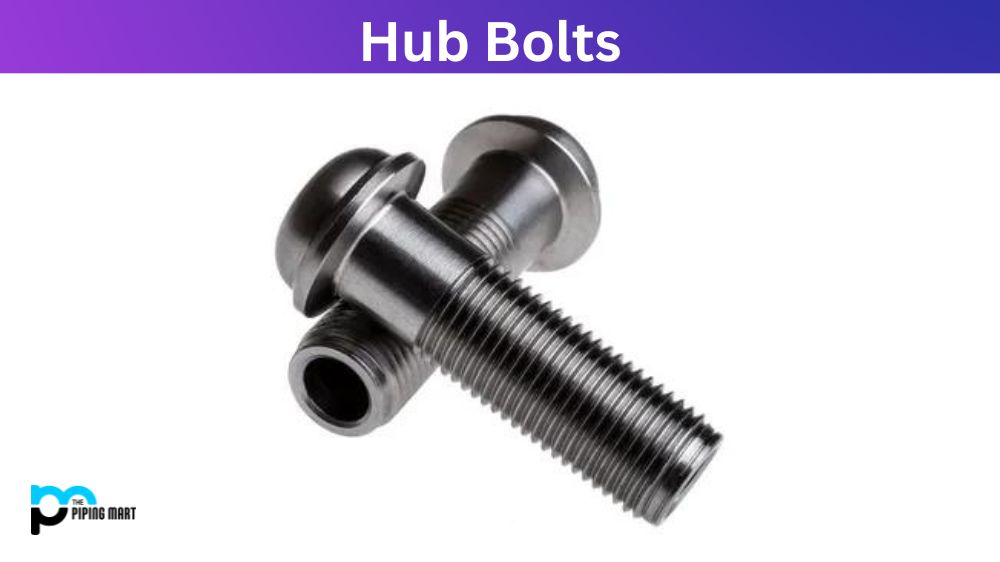Lag screws, also known as coach screws, are an integral component of a diverse range of construction and woodworking projects. They are thick, sturdy screws that are used to connect two or more pieces of material, to anchor objects to walls, or to hang heavy items. These screws usually feature a hexagonal head or a square head, which is tightened using a wrench or a socket. While lag screws offer numerous benefits, they also come with a few drawbacks. In this blog, we’ll explore the advantages and disadvantages of using lag screws in different projects.
Advantages and Disadvantages of Lag Screw
Advantages of Using Lag Screws
Strong and Sturdy:
One of the biggest advantages of using lag screws is that they are incredibly strong and sturdy. Because of their thick and heavy-duty design, they can withstand significant weight and pressure without snapping or breaking.
Easy to Install:
Compared to other types of screws, lag screws are relatively easy to install. You need to drill a pilot hole into the material before attaching the screw using a socket or wrench. The result is a secure and stable connection that will last for years.
Versatile:
Another major advantage of lag screws is that they can be used in a wide range of applications. They are commonly used in construction, decking, and fencing projects but are equally useful for furniture-making, hanging signs or shelves, and securing heavy equipment.
Resistant to Corrosion:
If you use high-quality stainless steel lag screws, they are highly resistant to corrosion and rust. This makes them ideal for outdoor projects where exposure to moisture and harsh weather conditions is common.
Offers Superior Grip:
Lag screws offer greater stability and grip compared to other types of screws. They are preferred for projects that require a strong and stable fastener, such as constructing a deck or framing a house.
Disadvantages of Using Lag Screws
Requires Pre-Drilling:
While lag screws are easy to install compared to other screws, they still require pre-drilling. This means that you need to use a drill bit to create a pilot hole that’s slightly smaller than the screw’s shank. This process takes time and can be frustrating, especially if you need to drill multiple holes.
Limited Flexibility:
Because of their large size and design, lag screws offer limited flexibility. They are not the best choice for projects that require a screw to be bent or manipulated in any way.
Costly:
When selecting fasteners for a construction project, cost is always crucial. Lag screws are typically more expensive than standard screws and nails. However, depending on the application, their additional strength and durability may make the extra cost worthwhile; additionally, because they are installed more quickly and easily than other screws, labor costs can be reduced.
Compared to other types of screws, lag screws are more expensive. This is because they are made from high-quality materials that can withstand heavy loads and require pre-drilling. In some cases, their high cost may make them unaffordable for individuals or businesses on a tight budget.
Not Ideal for Softwoods:
Lag screws may not be suitable for softwoods such as pine because they are too heavy and can easily split the wood. In these situations, lighter-weight screws are a better option.
Safety Considerations when Using Lag Screws
Lag screws are generally safe when used correctly. However, it is crucial to follow all the manufacturer’s instructions when using them. Improper installation of lag screws can cause them to fail, leading to structural damage and possibly injury. It is also essential to choose the right material and size for the job since using mismatched screws can lead to failure.
Conclusion:
Overall, lag screws are an excellent choice for projects that require a strong, durable, and long-lasting connection. Their undeniable benefits include strength, stability, versatility, and corrosion resistance. However, they have a few drawbacks, including the need for pre-drilling, limited flexibility, high cost, and the potential for splitting softwoods. Knowing the advantages and disadvantages of lag screws will help you make a more informed decision when selecting screws for your construction, woodworking, or DIY project.




